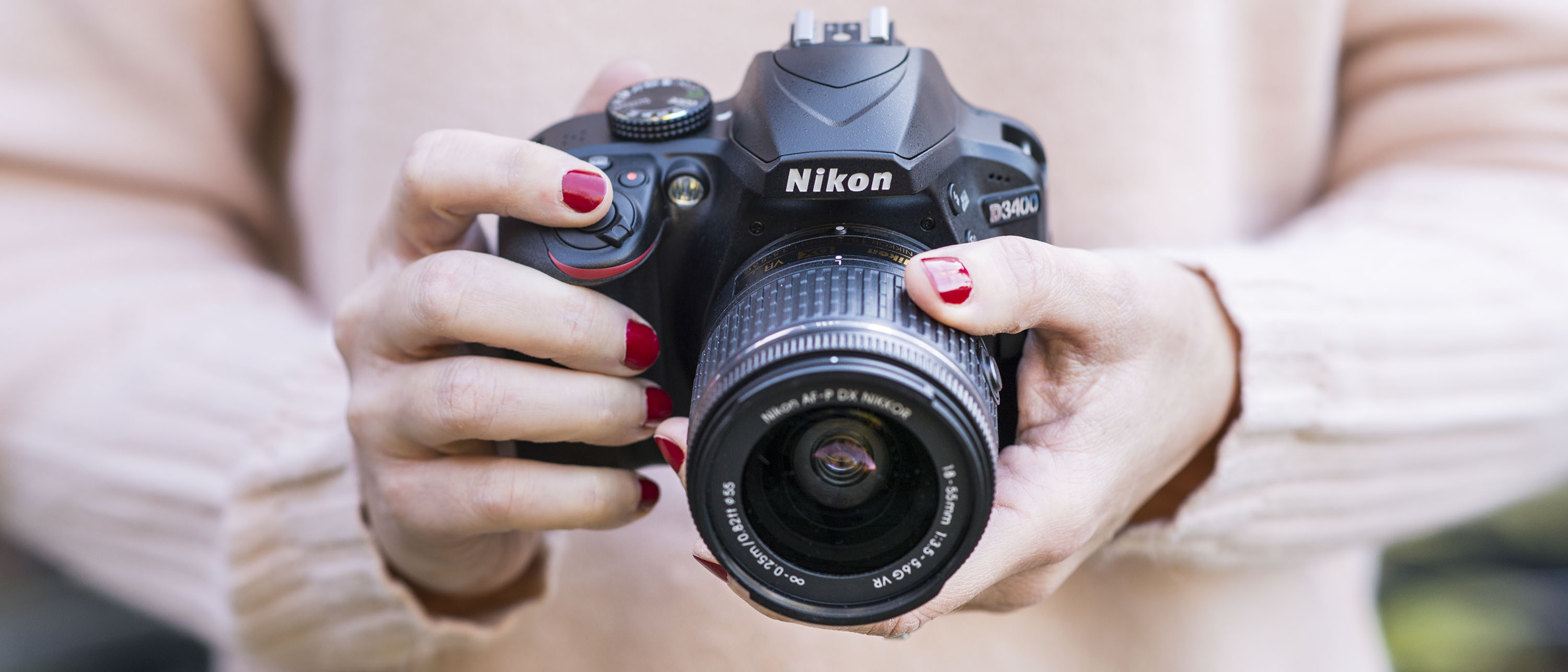Why you can trust TechRadar
Performance
- Modest 5fps burst shooting speed
- Solid metering and white balance performance
- Brilliant 1200-shot battery life
We were pleased to see the D3400's metering didn't tend to overexpose when faced with a predominantly dark subject, although, as is the case with many DSLRs, it does appear to lean slightly towards underexposure when faced with brighter areas.
Still, with a dedicated exposure compensation button on the top plate that works in conjunction with the rear command dial, any intervention here is fast and straightforward. You can also use Active D-Lighting to bring back a balance to scenes where shadow details might be a little too dark due to backlighting, the image below being a good example.
The camera's Auto White Balance performance is very good, with just a handful of slips during the course of this review. It did better than expected under artificial lighting, with just a little warmth taken away from some scenes, although performance under the traditionally difficult mixed natural/artificial conditions remained commendable.
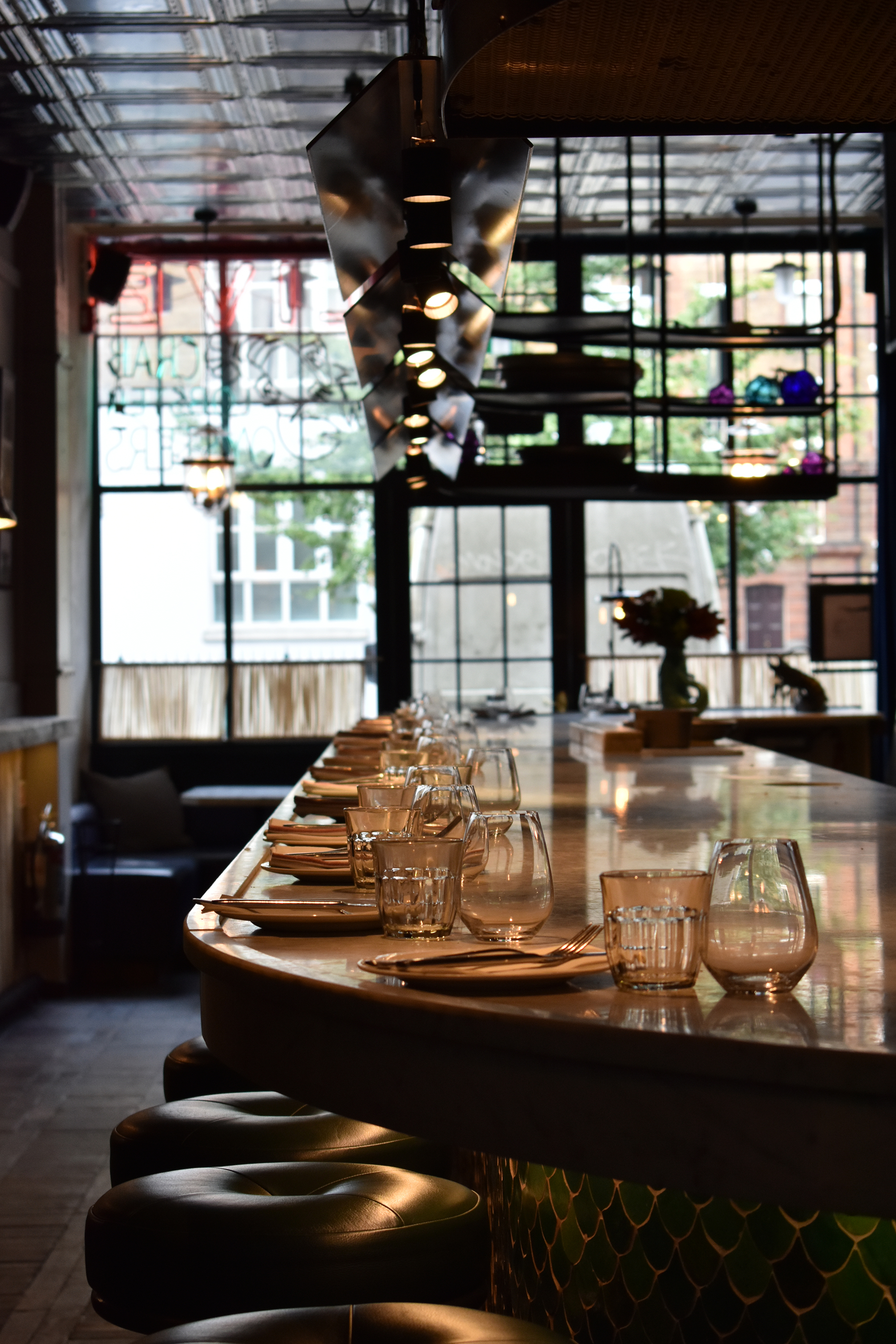
The D3400 is unlikely to be anyone's first choice for action photography, capable of shooting at a modest 5fps. This performance is likely to be deemed adequate for most shooting situations, but those wanting to capture prolonged bursts may find it tricky to do so when shooting raw files.
The camera's viewfinder produces a pleasingly clear, color-accurate and reasonably bright rendition of the scene, although as with pretty much every DSLR at this level, the peripheries are cut away. So you just need to bear this in mind when composing your images.
The LCD display beneath it is fixed in place and not sensitive to touch, although for this kind of money that's what we expect. A tilting touchscreen would be nice, but you generally have to pay a little more for these kinds of privileges. The key thing is that it can reproduce the scene faithfully and show details clearly, and with 921k dots it does a good job to do both.
One feature that deserves high praise is the 1200-shot battery life... this places the D3400 at a huge advantage over other models
Wireless image transfer takes place over the camera's Bluetooth-running SnapBridge system, for which you need Nikon's dedicated app of the same name. This has not been well received since it introduction earlier in the year, and it was not possible to establish a connection when paired with an iPhone 6 for the duration of this test, despite both devices recognising each other.
Nikon has, however, put work into SnapBridge since the D3400 was released, and we've seen this work better on more recent models, so it's entirely likely that the D3400 does better here with the most recent version of the SnapBridge app.
It doesn't come as too great a surprise that the camera doesn't quite stretch to recording 4K video, offering Full HD instead, although good results are possible. Manual control over exposure may be enabled and while a little rolling shutter is visible in certain scenes, this is only really an issue if you pan the camera at speed.
One feature that deserves high praise is the 1200-shot battery life. Having initially charged it fully, the camera maintained a full three bars after two days of being tested. Battery life is an issue for many compact system cameras, whose small batteries often have to power both LCD screen and electronic viewfinders, although the D3400's battery is far juicier than most other DSLR batteries too (certainly in this class). This places the D3400 at a huge advantage over other models.
One small annoyance is that Nikon has maintained the same 'this option is not available at the current settings or in the camera's current state' error message from previous models. This is particularly unhelpful when faced with unselectable options as it doesn't explain exactly why they cannot be chosen, and it may cause the first-time user to have to check their manual more often than should be necessary.
Image quality
- ISO100-25,600
- No low-pass filter
- Picture Control image effects
With no optical low-pass filter in front of its sensor, it's possible to record a very good level of detail in images, particularly if you use a high-quality prime lens, a macro optic or one of Nikon's pro-oriented zooms. One thing that lets down image quality is the standard of the 18-55mm VR kit lens, particularly at the wideangle and telephoto extremes. Partner the D3400 with some good lenses though, and you achieve images with excellent levels of detail - like the shot below.
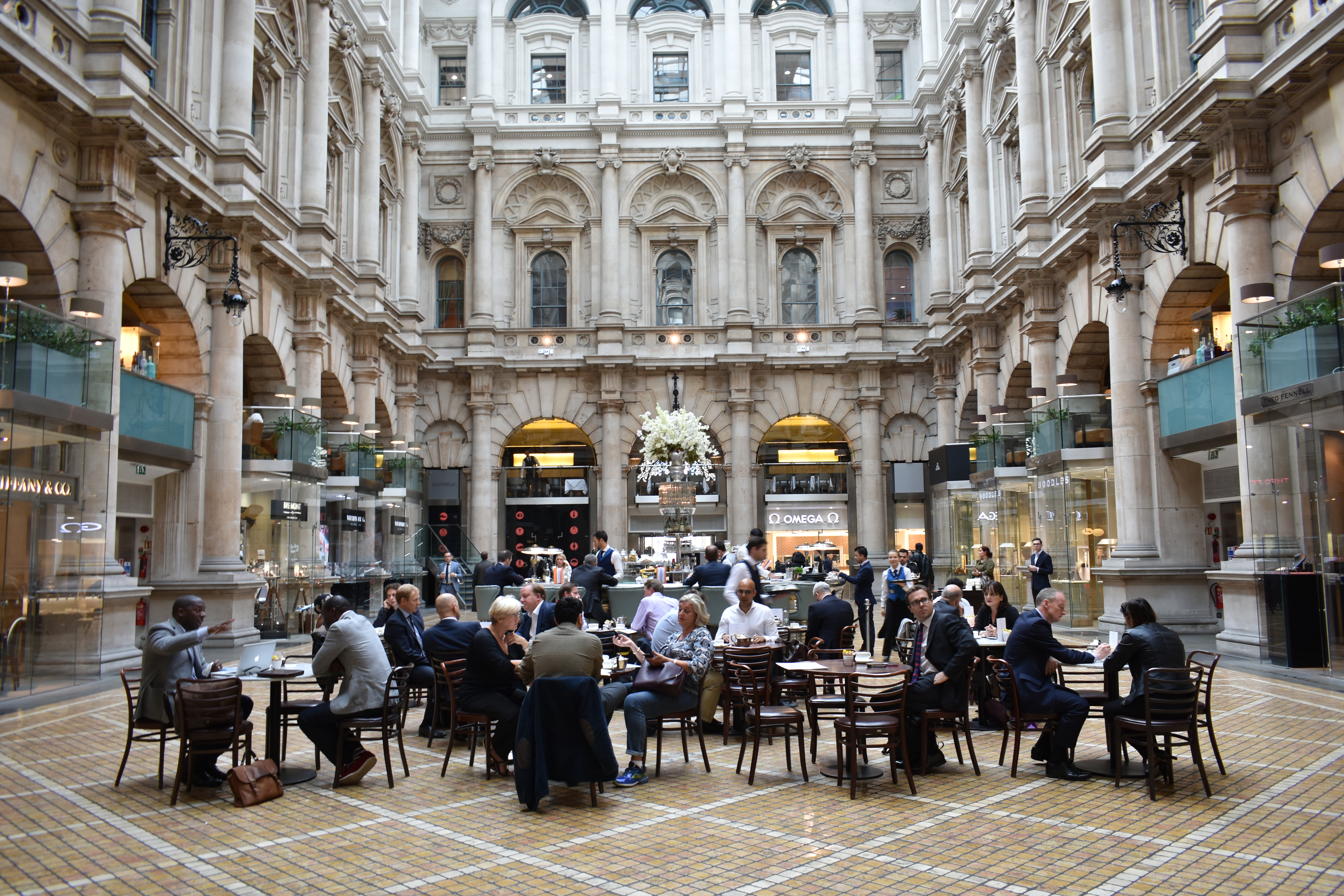
At wider apertures images are somewhat soft, particularly in corners and at the edges of the frame, although when used in an intermediate focal length it's possible get some very good sharpness in the centre of the frame. As with many similar kit lenses, lateral chromatic aberration and curvilinear distortion can be visible in Raw files, although both are successfully and automatically dealt with in JPEGs.
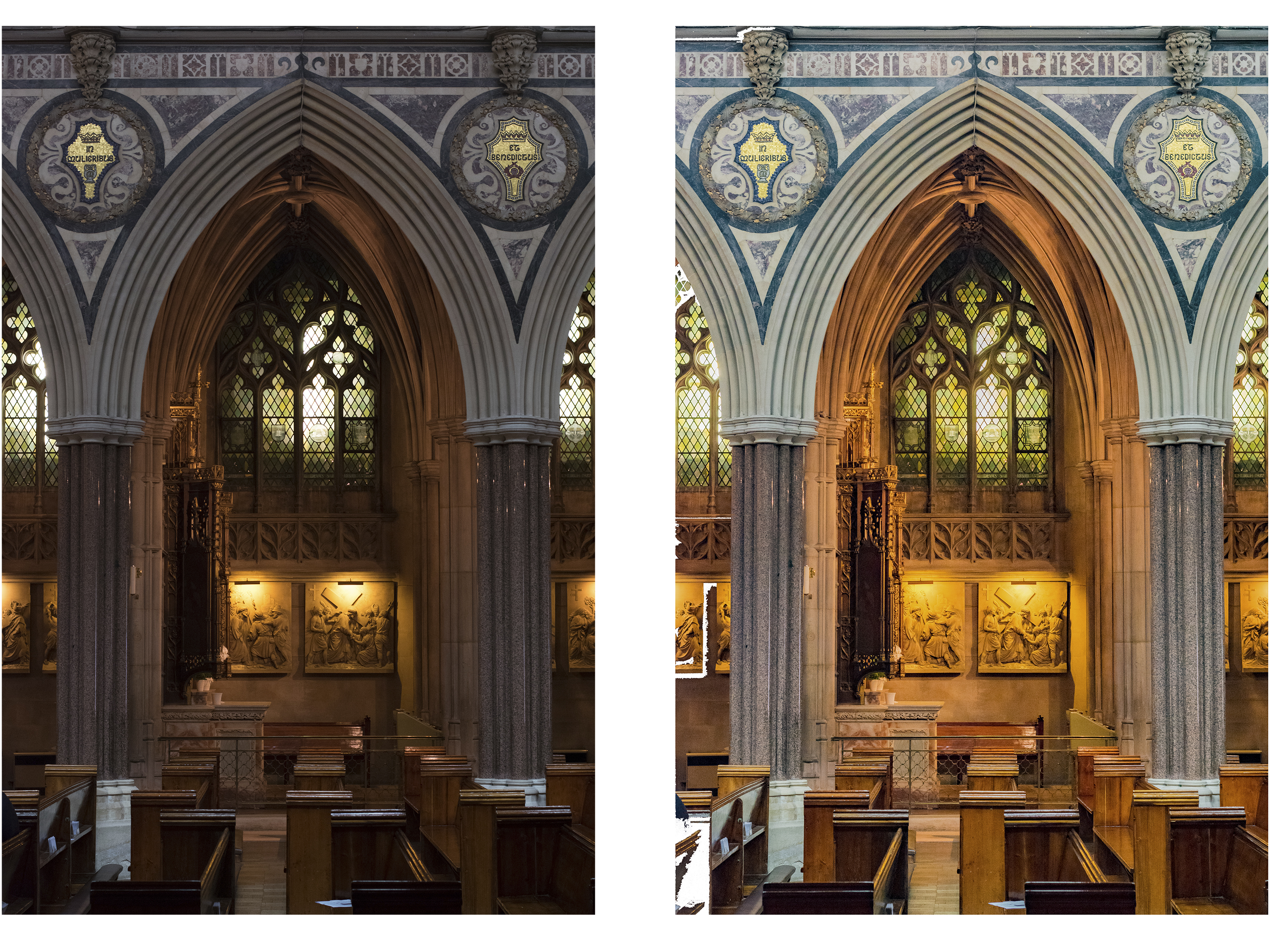
One thing those processing images will appreciate is the camera's healthy dynamic range. I found images underexposed by up to around 3-3.5EV stops could still be rectified (depending on ISO) without noise becoming an issue – at least not one that can't be dealt with by way of careful noise reduction. Just take a look at the shots above.
The camera's slight tendency towards underexposure when dealing with bright areas also means that more highlight detail is retained than would otherwise be the case, although these areas can be tamed in post-production too. Against high-contrast edges it's also easy to spot purple fringing, and this remains in JPEGs, so this is one area of attention for raw post-production.
In the kinds of conditions in which high ISOs would be called upon, images captured up until around 800 range are still well coloured and troubled to no great degree by noise, although it becomes harder to process this out from images captured after this point. It's a shame there is no control over high-ISO noise reduction past on and off, as some may prefer to adjust this in finer increments. Fortunately, the effective VR system inside the kit lens means you shouldn't immediately need to call upon higher options as light levels fall.
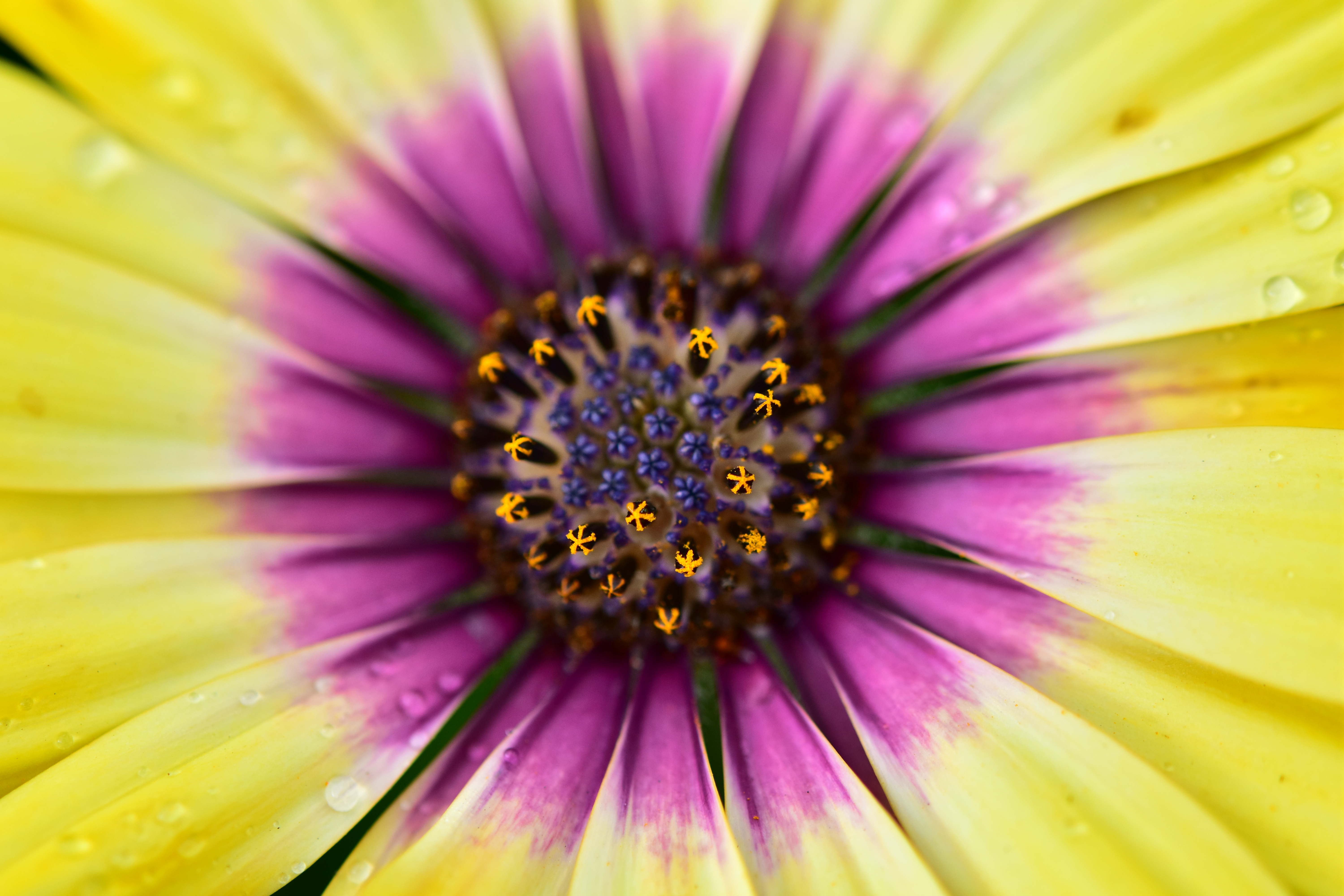
Nikon's Picture Control options provide a sensible array of color options, and it's great to see the Flat option that first came along in the much more advanced D810. This can be used when recording videos, as a means of providing a better starting point for grading. Otherwise, the Standard mode is suitable for everyday shooting, neither saturating colors unnaturally nor leaving them lacklustre. The Vivid mode is a lovely choice for flowers and foliage, and gives colours just the right pep, although all can be adjusted fairly comprehensively with regards to contrast, saturation, brightness and so on.
Current page: Performance and image quality
Prev Page Build, handling and AF Next Page Verdict and competition